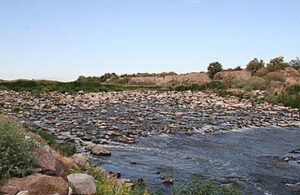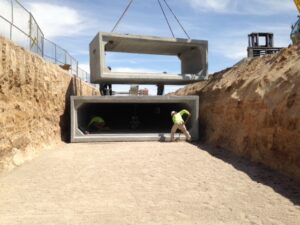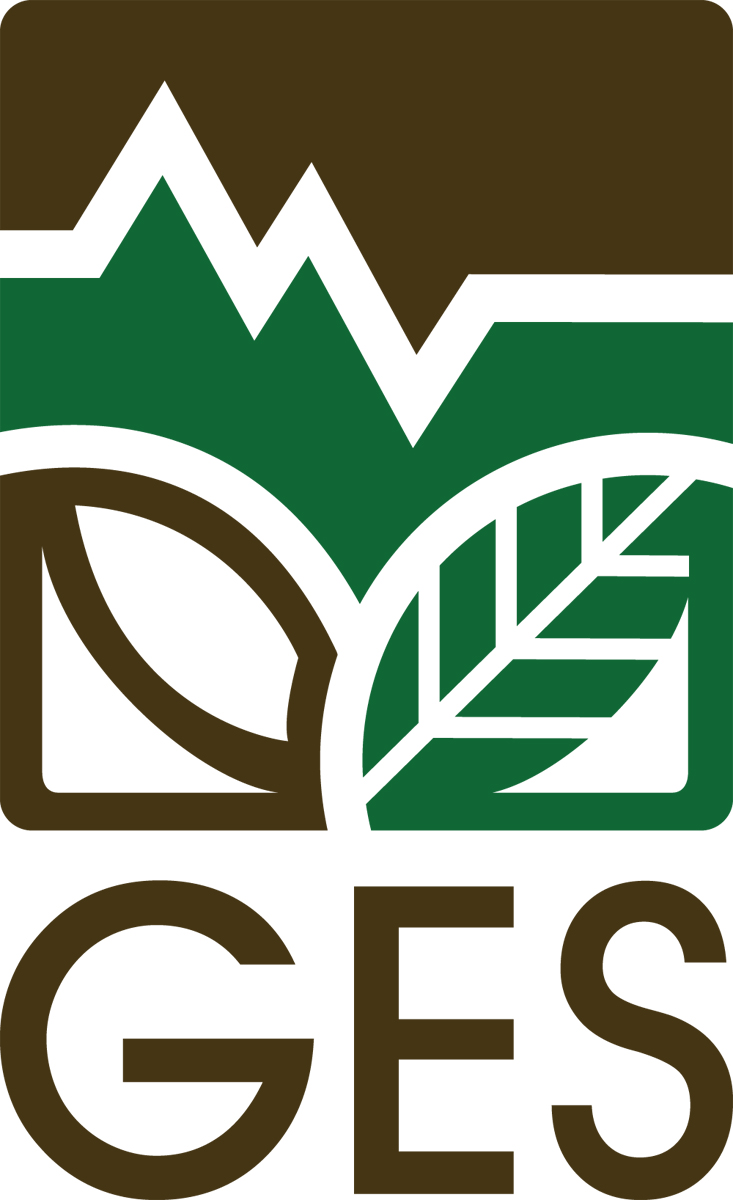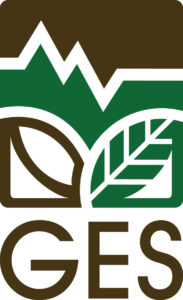The Las Vegas Wash carries more than 200 million gallons of water per day, connecting the Las Vegas Valley with Lake Mead, our community’s primary source of drinking water. The Wash is fed by reclaimed water, urban runoff, shallow groundwater, and stormwater. Wetlands at the Wash serve as “nature’s kidneys,” cleaning the water running through them by filtering out harmful contaminants.

The schedule for the Lower Wash will require a phased approach, preliminary and final design of project components will initially focus on access roads, followed by grade control structures (weirs), stabilization and revegetation components, in sequential order from upstream to downstream. Final construction of all grade control structures, and revegetation efforts are planned to be completed by January 2030.
To help the Las Vegas Wash degradation and erosion, GES performed the following services on the following projects.

Las Vegas Wash Channelization – GES performed two full scale aquifer pump tests, preparing a dewatering plan and specification, and updating/finalizing the drafted geotechnical investigation report.
Las Vegas Wash Monitoring Well Installation – GES installed three temporary monitoring wells to a depth of 35 feet each for a total well footage of 105 lineal feet and presented a summary report with the data retrieved from the groundwater samples taken from the site. GES also sampled surface water flowing with the Las Vegas Wash from two locations. The samples were then sent to the lab to perform chemical analysis. Lastly, GES drilled 3 additional borings, two (2) to forty feet and one (1) to 35 feet. Soils samples were obtained using ring samplers and lab tests were performed.
Las Vegas Wash Groundwater Testing and Analysis – Based on the Clark County Water Reclamation District’s revised dewatering evaluation report and project specifications GES was contracted to update the initial geotechnical evaluation report to reflect the changes to the project and add recommendations for construction of the new containment structure and access road pavement section. GES also prepared 100 % document geotechnical plan review letter after the project plan revisions were finalized.

